In the midst of the difficulties after the Liberation Day of the Capital on October 10, 1954, the hearts of the people of Hanoi always “turned towards the South”, the frontline of the Fatherland fighting against the US and its henchmen who sabotaged the 1954 Geneva Agreement. Many newly built factories and parks were named after the earnest aspirations of the entire nation, such as the “Diem Thong Nhat” factory, “Thong Nhat” park, “Dien Me Thong Nhat” factory, etc. Every year on March 19 and July 20, the people of Hanoi enthusiastically participated in rallies, demonstrations, and demonstrations to demonstrate their determination to fight against the US and its henchmen, and to support the people of the South. Fiercely protesting the brutal massacres of the puppet government, many rallies of the people of Hanoi had hundreds of thousands of participants.
On October 8, 1960, Hanoi Capital held a rally to establish a twinning relationship with the resilient Hue City and Saigon City. At the twinning ceremony, Dr. Tran Duy Hung, Chairman of the City Administrative Committee, on behalf of the people of Hanoi, affirmed and promoted the solidarity and close ties between the people of Hanoi Capital and the resilient Hue City and the people of Saigon, the “Citadel of the Fatherland”. The twinning movement of Hanoi - Hue - Saigon was expanded and developed strongly. On Trang Tien Street, near the square of the City Opera House - where the historic rally took place in preparation for the August Revolution, there is a twinned bookstore “Hanoi - Hue - Saigon”….
Implementing the Resolution of the 3rd National Party Congress on promoting the building of a strong rear and supporting the cause of liberating the South, the people of Hanoi Capital carried out many emulation movements in labor production and many activities towards the beloved South.
In April 1962, Gia Lam Railway Factory initiated the emulation movement “Saturday to promote the struggle for national reunification”. Many valuable technical innovations, restoration of many details, equipment of locomotives, carriages... The movement was enthusiastically responded by the majority of workers in the capital, the working spirit with the spirit of “For the South” rose.
The 3rd City Party Congress decided to develop the movement “Saturday to promote the struggle for national reunification” into an emulation movement of factories and enterprises throughout the city. Places marking the glorious victories of the Southern army and people such as Ap Bac, Van Tuong, Ba Gia, Binh Gia… were named for newly built projects and new high-quality products of Hanoi industry.
From mid-1959, after Resolution 15-NQ/TU on the Southern revolution, Hanoi was honored to participate in many charitable activities to support the South from the beginning. From the capital, President Ho Chi Minh directed and developed the liberation "trail" - Road 559 - Ho Chi Minh Road. For the second time, the Southern troops quietly set off! The elites from all over the country gathered here to "cut through Truong Son to save the country". Many house numbers were marked as places where political and professional training classes were held for the cadres who went to "B". Many suburban villages were places for packaging, and the To Lich River was a place for testing, preserving, and transporting weapons, equipment... to support the Southern front.
Suffering heavy defeats on the battlefield, the US imperialists recklessly expanded their war of destruction by air and naval forces against the North. The capital Hanoi was the overall target that the US imperialists aimed at to achieve their dark intentions. Following President Ho Chi Minh's sacred call "each person works as hard as two, for the beloved South" at the Special Political Conference, the whole of Hanoi was filled with enthusiasm in response to his call.
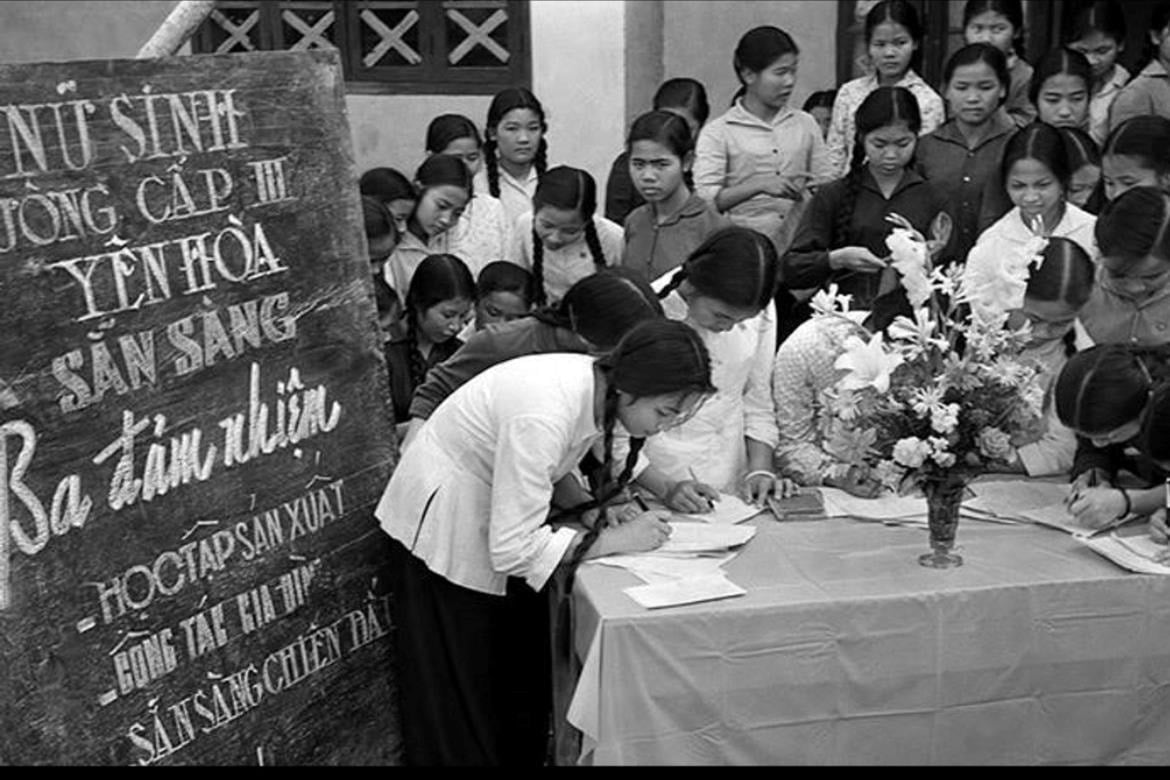
On May 30, 1964, the Hanoi Party Committee issued a Resolution on “promoting the emulation movement of “each person working as hard as two”, striving to build and protect the North, actively supporting the revolution to liberate the South”. Implementing the Resolution of the Party Committee, the emulation movement of “each person working as hard as two, for the beloved South” developed strongly in all factories, enterprises, construction sites and throughout the countryside of the capital, creating a new spirit among the entire army and people of the city.
Just 4 days after the US imperialists escalated their attacks on the North, on August 9, 1964, the Hanoi Youth Union launched the “Three Readies” movement with 260,000 young people in the capital participating. The movement opened the door for the “Three Readies” movement of young people in the entire North, mobilizing millions of young people to volunteer to join the army and fight on the battlefield. More than 250,000 young people in the capital enthusiastically participated in long-distance marching training, training their health, and being flexible with “hundred-pound shoulders and ten thousand-mile legs”, ready to go to war. Each village and block name shone with the spirit of volunteering to join the army and determination to fight. They were Dong Du, Bat Trang, Yen Vien (Gia Lam); Mai Dich (Tu Liem); Dong Hoi (Dong Anh); Kim Ma (Ba Dinh); Duc Vien (Hai Ba Trung)…
The emulation movement "each person works as hard as two, for the beloved South", the movement "Three ready" resonated into a climax of emulation against the US, saving the country throughout the city and spread throughout the country.
In 1965, from Hoa Xa land, Ung Hoa district, Hanoi (at that time belonging to Ha Tay province), a local training movement was initiated on combat techniques, grenade throwing, long-distance marching, heavy lifting... with bamboo sticks, helping the legs to walk thousands of miles, cross mountain passes, and be ready to join the army... The movement was enthusiastically responded to by the youth of the North. Hoa Xa has become the homeland of the "Truong Son Stick" urging the youth to train and set out on the road to "cut through Truong Son to save the country". Musician Pham Tuyen created the famous song "Truong Son Stick".
Also at this time, on the occasion of International Women's Day in 1965, the Women's Union of Dan Phuong district (then part of Ha Tay province) launched the "Three responsibilities" movement. Initially, the movement had three contents: "1. Taking responsibility for production instead of husbands and children who go to war; 2. Taking responsibility for the family so that husbands and children can work with peace of mind; 3. Taking responsibility to be ready to fight when necessary". Musician Nhat Lai promptly praised this movement in the song "Ha Tay, the silk village", with the proud and affectionate lyrics "Dan Phuong, oh, homeland of a capable woman...". Shortly after, the Central Committee of the Vietnam Women's Union received and launched the "Three responsibilities" movement throughout the North.
The “Three Responsibilities” movement of women in the capital has made many great contributions. In many factories, enterprises, and construction sites, women have “taken on extra work and worked overtime to replace those who went to fight”. Women have developed self-management in many factories such as: Tran Hung Dao Mechanical, 8-3 Textile Factory, 1-5 Automobile Factory, Cau Duong Wood Factory, Pharmaceutical Factory 1… In suburban districts, there has been a movement to compete in tending fields, increasing productivity, and increasing food production and foodstuffs sold to the State, such as Me Tri (Tu Liem), Hai Boi (Dong Anh), Co Bi (Gia Lam)…
Implementing the direction of the Central Government, the capital city of Hanoi has focused on building a system of factories and manufacturing enterprises serving national defense. Hanoi Mechanical Factory (Tool Manufacturing Factory No. 1), Tran Hung Dao Mechanical Factory, Giai Phong Mechanical Factory, Quang Trung Mechanical Factory, Hoa Binh Automobile Factory, Gia Tu Automobile Factory, 1-5 Automobile Factory, 3-2 Automobile Factory, Dai Mo Automobile Factory... produce many items serving the army, ensuring traffic on transportation routes to support the front line. Many pharmaceutical and military uniform factories such as Pharmaceutical Factory 1, Pharmaceutical Factory 2, May 10, X 40, Thuong Dinh Shoes... always ensure plans to serve national defense.
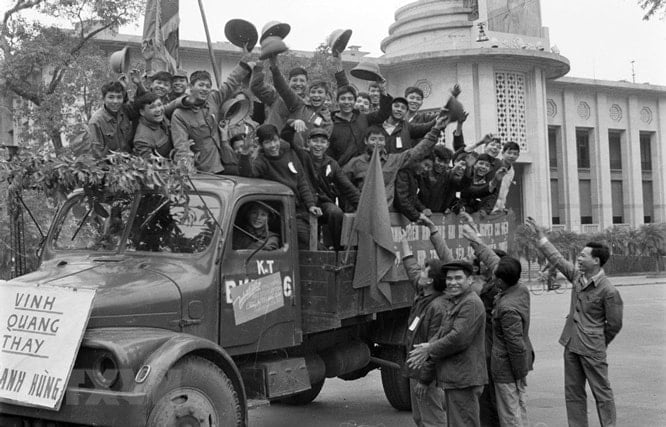
In particular, the army and people of the capital have performed well in maintaining the traffic arteries. Hanoi is the General Warehouse, the General Transit Station for goods, and the resource support for the southern frontline.
Since August 1965, the Hanoi Party Committee and the Standing Committee of the Hanoi Party Committee have issued many resolutions on ensuring traffic and transportation, considering this a central task of the city. The city has quickly built a system of backup bridges and ferries; built many roundabouts and bypasses to respond promptly when the enemy attacks the city's traffic junctions and bridges.
Factories and industrial enterprises serving transportation were built and developed rapidly. In the three years from 1965 to 1967, investment in transportation was 5.5 times higher than the investment in the 1961-1965 plan. The thousands of traffic security forces were organized, closely staffed and trained to respond to many hypothetical situations of enemy attacks. The "youth shock troops" and "river crossing suicide" teams were consolidated and enhanced in their ability to respond to all situations with the motto of "four on-site". Many suburban communes participated in protecting the roads running through them, protecting local ferry terminals, protecting cargo at train stations, etc.
Ensuring the traffic flow through the Capital, through the "Heart of the whole country", ensuring the timely and adequate supply of goods, materials, equipment, logistics... for the front line from the Capital, through the Capital is a sacred command. The force ensuring traffic, protecting and transporting goods is often thousands of people, sometimes up to several thousand people. The city has arranged more than 1,000 clearance and dispersal points to protect tens of thousands of tons of goods and equipment at transit stations such as Yen Vien, Dong Anh, Van Dien... which are located like "floating ports". Many cargo legs had just left when American planes bombed and destroyed them. When the situation was most dire, Long Bien bridge was destroyed, the ferry terminals and pontoon bridges ensured the passage for more than 20,000 people and more than 6,000 cars to cross the river, traffic was not congested. The blood flow from the Heart still circulated evenly and sufficiently for the half of the body that was fighting!
This is just a slice of the glorious golden pages of Hanoi's history during the years of resistance against the US to save the country, but it is enough to show the truth that President Ho Chi Minh concluded: "Vietnam is one, the Vietnamese people are one" and the victory on April 30, 1975 was inevitable, there could be no other way.
Source: https://hanoimoi.vn/thu-do-ha-noi-ra-suc-thi-dua-tat-ca-vi-mien-nam-ruot-thit-700878.html








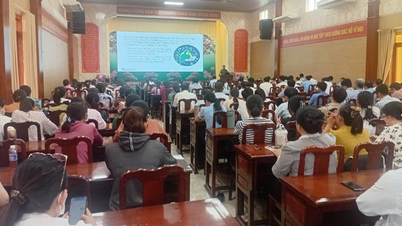
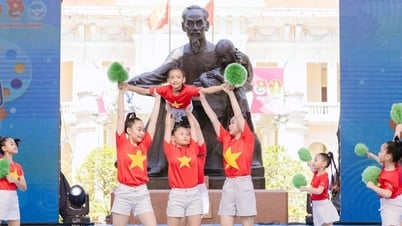

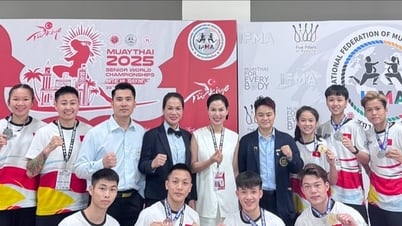
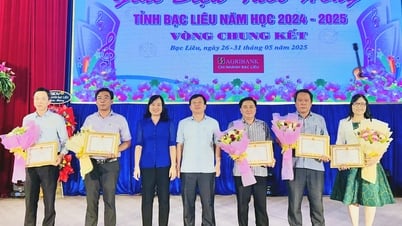

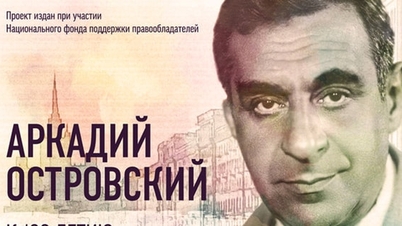







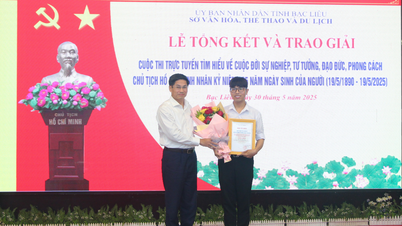
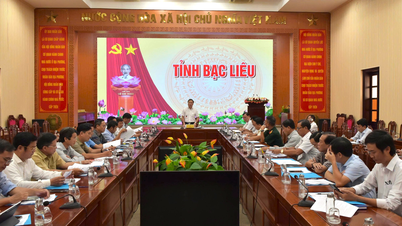

































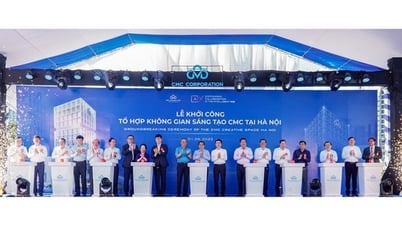

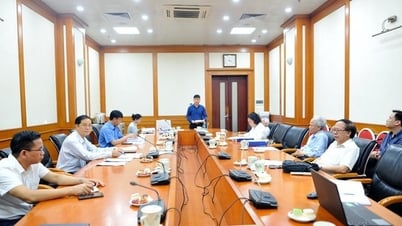






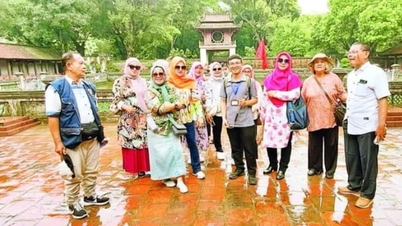

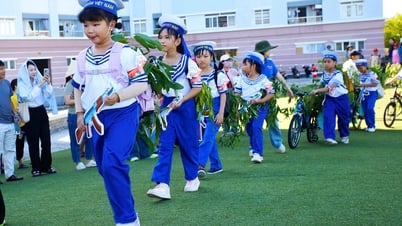

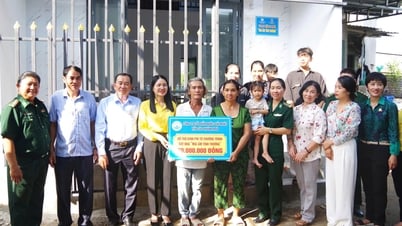
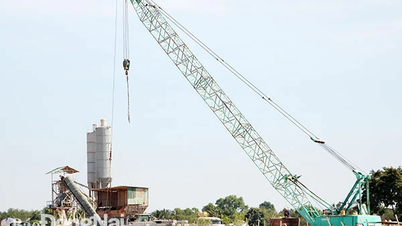

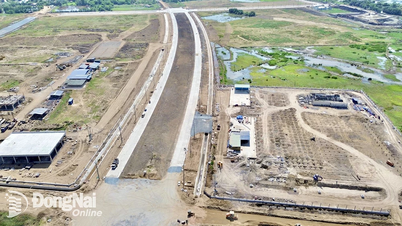











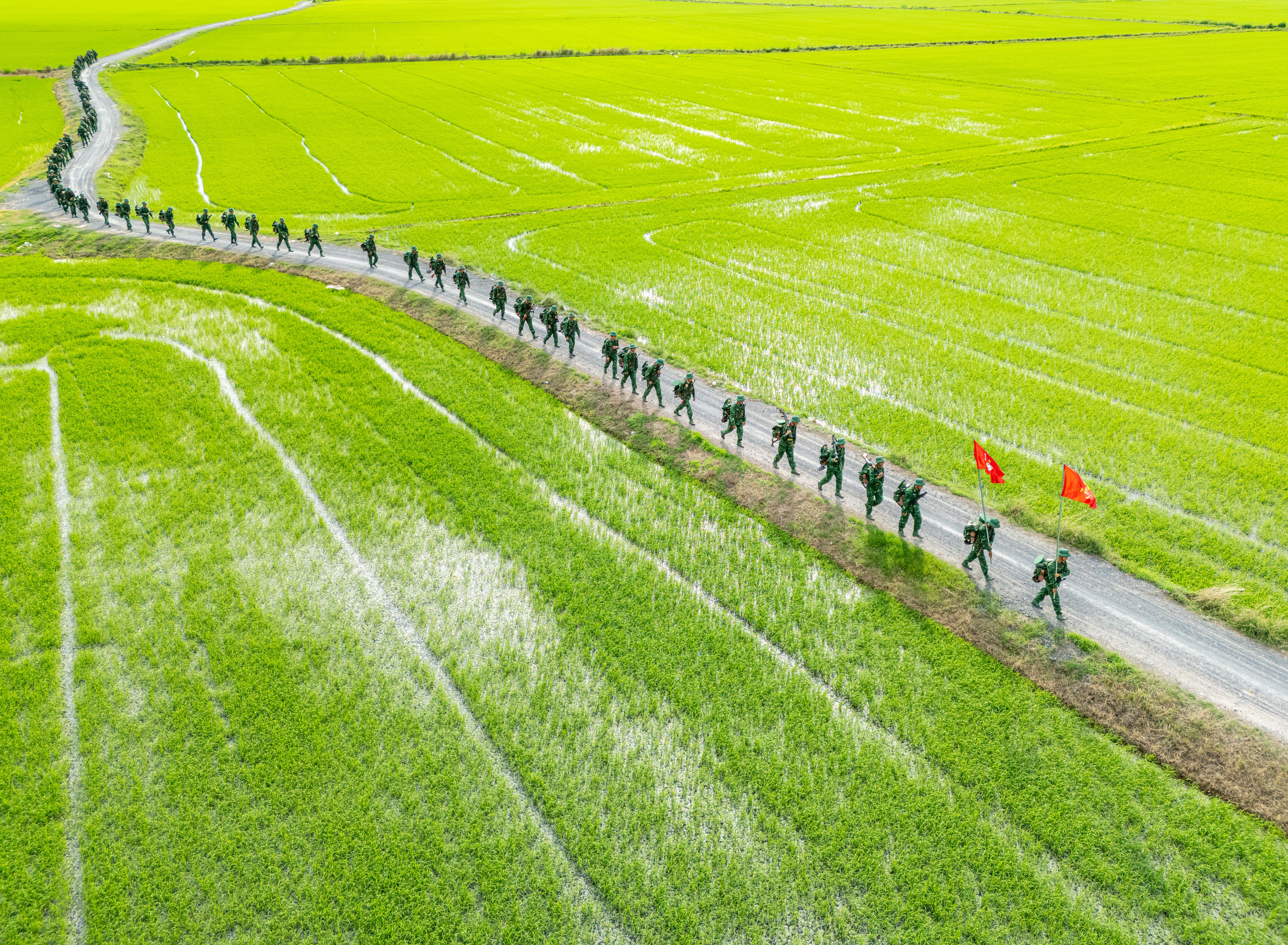



Comment (0)